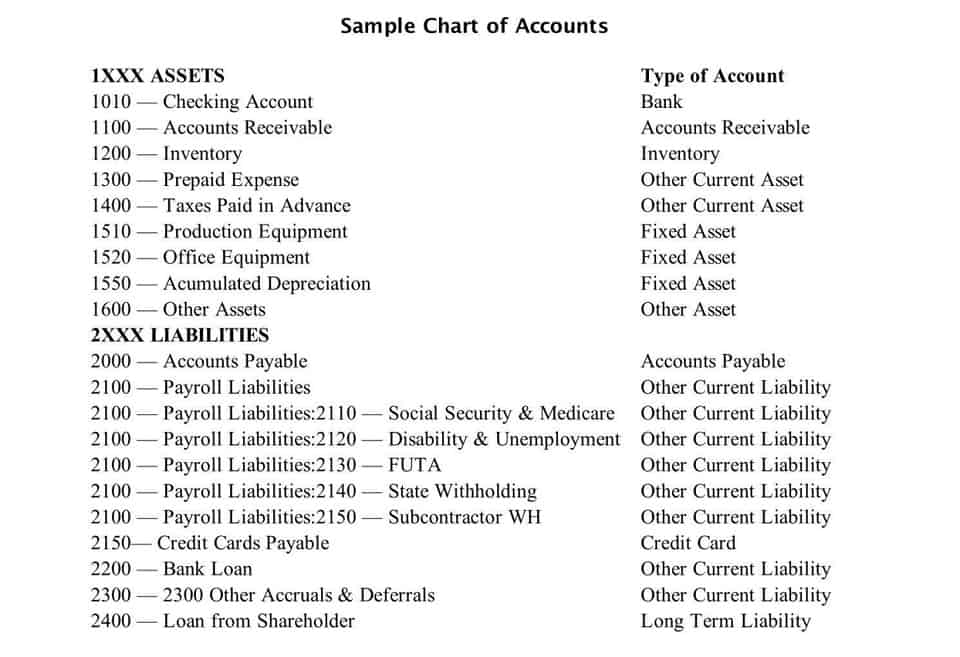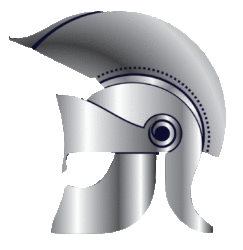
The Nasdaq 100 features only the 100 largest nonfinancial companies trading on that exchange. The DJIA launched in 1896 with just 12 companies, primarily in the industrial sector. Since then, it’s changed many times—the very first came three months after the 30-component index launched. The first large-scale change was in 1932 when eight stocks in the Dow were replaced. The Dow Jones Industrial Average (DJIA) is a stock market index that tracks 30 large, publicly-owned blue-chip companies trading on the New York Stock Exchange (NYSE) and Nasdaq.

The Dow Jones is named after Charles Dow, who created the index in 1896 along with his business partner, Edward Jones. Also referred to as the Dow 30, the index is considered to be a gauge of the broader U.S. economy. Charles Dow also believed it was possible to predict stock market movements based on the price movements of different types of stocks. According to Dow Theory, an upward trend in industrial stocks should be confirmed by a similar move up in transportation stocks. Charles Dow created various market averages to more accurately define which way ” industrial stocks” or ” transportation stocks” were headed.
Who Is Dow Jones?
Trading is typically carried out in an open outcry auction, or over an electronic network such as CME’s Globex platform. Certain corporate actions, like dividend going ex (i.e., becoming an ex-dividend, wherein the dividend goes to the seller rather than to the buyer), can lead to a sudden drop in DJIA on the ex-date. High correlation among multiple constituents also led to higher price swings in the index. As illustrated above, this index calculation may get complicated on adjustments and divisor calculations. In the case of (2), the net sum price change was 0 (stock A had +5 change, while stock B has -5 change, making the net sum change zero).
- Now assume that another company C lists on the stock exchange at the price of $10 per share on the fourth day.
- Suppose on the third day, stock A moves to $30, while stock B moves to $85.
- In the case of (2), the net sum price change was 0 (stock A had +5 change, while stock B has -5 change, making the net sum change zero).
- For a real-life example, an AIG stock price dip from around $292 to $45 within a month’s time led to a fall of almost 3,000 points in the Dow in 2008.
- When Dow died in 1902, Clarence Barron and Jessie Waldron bought the company, and control eventually passed to the Bancroft family.
- Each of these three major indexes provides different insight into the current market trends.
It is an index that helps investors determine the overall direction of stock prices. They are commonly used as a guide for the U.S. economy and, more specifically, to provide insight into the state of the stock market. While each has its own benefits, the S&P provides a better indication of how the stock market (and economy) is performing as it is made up of 500 of the largest stocks in the U.S. The Dow Jones, on the other hand, is made up of 30 of the largest companies in the country. No mathematical model is perfect—each comes with its merits and demerits. Price weighting with regular divisor adjustments does enable the Dow to reflect the market sentiments at a broader level, but it does come with a few criticisms.
Instead of tracking each stock separately, it would be much easier to get and track a single number representing the overall market constituting both stocks. The changes in that single number (let’s call it the AB index) will reflect how the overall market is performing. A stock market index is a mathematical construct that provides a single number to measure the overall stock market (or a selected portion of it). So a higher percentage move in a higher-priced component will have a greater impact on the final calculated value. At the Dow’s inception, Charles Dow calculated the average by adding the prices of the 12 Dow component stocks and dividing by 12.
Can You Buy Shares in the Dow Jones Industrial Average?
A component of the Dow may be dropped when a company becomes less relevant to current trends of the economy, to be replaced by a new name that better reflects the shift. For instance, a company may be removed from the index when its market capitalization drops because of financial distress. Dow was known for his ability to explain complicated financial news to the public. He believed that investors needed a simple benchmark to indicate whether the stock market was rising or declining. Dow chose several industrial-based stocks for the first index, and the first reported average was 40.94.
As of June 2021,[update] Goldman Sachs and UnitedHealth Group are among the highest-priced stocks in the average and therefore have the greatest influence on it. Today, the Dow Jones consists of 30 stocks, and since the index is price-weighted, the higher-priced stocks have a greater impact on the Dow’s value than the lower-priced stocks. The 30 companies included in the index are picked by the Averages Committee, which is comprised of three representatives from S&P Dow Jones Indices and two from The Wall Street Journal. The Dow Jones has historically tracked along with the same trends as those in the broader market and can often be a predictor of upcoming trends. To better understand how the Dow changes value, let’s start at its beginnings.
Both companies remain widely held and followed, and trade many millions of shares each day on average. Companies in the DJIA are also chosen by a committee and are balanced to try to represent the state of the overall economy. This means that certain companies may be added to or deleted from the index periodically without much in the way of being able to predict when or which stock will be changed. https://www.topforexnews.org/ Despite its limitations, however, the Dow still holds a special place in American finance. Individuals can invest in the Dow, which would mean gaining exposure to all of the companies listed in it, through exchange-traded funds (ETFs), such as the SPDR Dow Jones Industrial Average ETF (DIA). The inclusion of a company in the Dow Jones Industrial Average does not depend on defined criteria.
Instead, an independent Wall Street Journal commission decides whether a share is to be included or excluded. There are no fixed times for reviewing the composition of the index, since changes are only made by the commission as and when they are needed. However, you cannot invest directly in the Dow Jones Industrial Average because it is just an index. In the world of finance, you’ll often hear people ask, “How did New York do today?” or “How did the market perform today?” In both cases, these people are likely referring to the DJIA, as it is the most widely-used index. It is more popular than both the S&P 500 Index, which tracks 500 stocks, and the Nasdaq Composite Index, which includes more than 2,500 U.S. and international equities.
Why Is the Dow Jones Industrial Average (DJIA) Price Weighted?
Investors also need information about market sentiment, which is where a stock index can be helpful. Bookmark this page to stay on top of what’s happening on the Dow Jones today and get ongoing analysis https://www.day-trading.info/ of the top Dow stocks. You can also track Dow stock futures and premarket trading on the Dow, Nasdaq and S&P 500. Walgreens stock has continued to struggle since joining the DJIA, as has GE stock.
Over time, there were additions and subtractions to the index that had to be accounted for, such as mergers and stock splits. Although in the past, the Dow’s value was calculated as a simple average by totaling each of the component’s prices and dividing the result by the total number of companies. However, companies over the years have been removed or added while others have issued stock splits and spin-offs. These changes have impacted the prices of the stocks and the makeup of the index. As a result, it would be impossible to perform a historical comparison of the Dow’s current value versus in years past since so many of the components and prices have changed.
Correlation among components
To overcome this calculation anomaly problem, the concept of a divisor is introduced. Suppose on the third day, stock A moves to $30, while stock B moves to $85. After being on Dow Jones index since its inception, General Electric (GE) was dropped from list in 2018. The https://www.forexbox.info/ industrial giant was replaced by pharmacy powerhouse Walgreens Boots Alliance. The Dow Jones Industrial Average hit 10,000 for the first time in March 1999. The DJIA then hit 11,750 in January 2000, before falling to below 7,200 in Oct. 2002 after the dot-com crash.
Say it is trading at $90, and the company undertakes a 3-for-1 stock split, tripling the number of available shares and reducing the price by a factor of three, i.e., from $90 to $30. That is, assuming the stock prices from the old index are held constant, the addition of a new stock price should not affect the index. This is a sudden dip in index value from the previous 57.5 to 41.67, just because a new constituent is getting added to it. Assuming that stocks A and B maintain their earlier day prices of $30 and $85. This would not be a very useful reflection of the overall health of the market.
The Dow Divisor and Index Calculation
Charles Dow, Edward Jones, and Charles Bergstresser formed the company in the 19th century. Besides the famous Dow Jones Industrial Average, the company also created various other market averages. The Dow Jones Industrial Average is a stock index of 30 U.S. blue-chip large-cap companies, which has become synonymous with the American stock market as a whole. The index, however, only has 30 companies, and the index itself is price-weighted, meaning that it does not always present an accurate reflection of the broader stock market. The DJIA initially launched with just 12 companies based mostly in the industrial sectors. The original companies operated in railroads, cotton, gas, sugar, tobacco, and oil.
This has also been one of the criticizing factors of price-weighted indexes, as they don’t take into account the industry size or market capitalization value of the constituents. The index is maintained by S&P Dow Jones Indices, an entity majority-owned by S&P Global. The ten components with the largest dividend yields are commonly referred to as the Dogs of the Dow. As with all stock prices, the prices of the constituent stocks and consequently the value of the index itself are affected by the performance of the respective companies as well as macroeconomic factors. Charles Dow likely chose to create a price-weighted index due to its simplicity.
US business leaders are gaining confidence in the US economy, and a new sentiment reading clocked in above trend for the first time since 2021. The table below alphabetically lists the companies included in the DJIA as of March 2024. Although the Dow Jones Industrial Average rarely changes, there are occasional additions and deletions. These changes often come in batches and always keep total membership at 30 companies. Dow Jones & Company is the firm founded by Charles Dow, Edward Jones, and Charles Bergstresser in 1882, not the people themselves.







